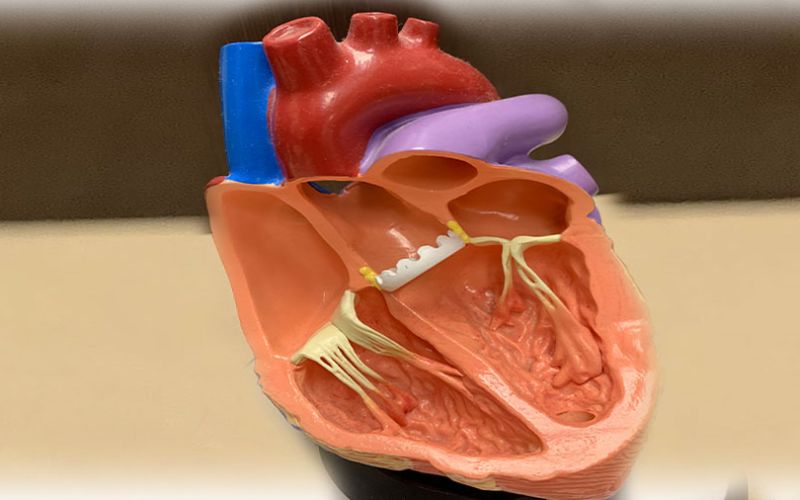Aortic Valve Disease
The human heart has four valves. Two left sided valves and two right sided valves. The aortic valve is the valve that separates the heart from the rest of the body. All the blood pumped to the body passes through the aortic valve. When the left ventricle squeezes the blood passes through the aortic valve and then when the heart relaxes the aortic valve closes to prevent the blood from flowing backward into the heart.
The aortic valve can be diseased when the valve leaflets do not close properly and allow blood to flow backward into the heart. This is called aortic regurgitation or insufficiency. The aortic valve can also be affected by calcium build up and become stiff and narrow with too tight an opening for blood to effectively be pumped to the rest of the body. This is called aortic stenosis.
- Risk factors for aortic valve disease can include:
- Aortic aneurysm
- Connective tissue disorder (Marfan’s)
- Bicuspid aortic valve (congenital form of the valve with only two cusps
- Family history
- Age (the valve simply wears out over time)
- Symptoms of Aortic Regurgitation can include:
- Shortness of breath with activity
- Heart failure
- Symptoms of aortic stenosis can include:
- Dizziness , lightheadedness
- Passing out
- Shortness of breath
- Chest pain or pressure
- Sometimes aortic stenosis can present with sudden unknown death
Some symptoms are noticed only with exercise but as the disease progresses symptoms become worse or can be noticed at rest or with minimal activity.
The first step to diagnosis is an evaluation by your doctor including medical and family history, physical exam, and risk factor evaluation. Often times the first inclination of aortic valvular disease is a murmur heard by your doctor. The second step includes testing. One common test that helps to evaluate aortic valve disease is an echocardiogram (ultrasound) of your heart. Additional testing such as a coronary catheterization may also be required.
- How is aortic valve disease treated?
- The treatment may depend on whether your valve is leaky (regurgitation) or stenotic (too tight). There are degrees of both regurgitation and stenosis and if the dysfunction is not severe the est course may be close observation with an echo every 6 months to a year.
- In the case of aortic regurgitation ruling out an associated aneurysm is important. If surgery is indicated the aneurysm and valve may be replaced at the same time.
In the case of aortic stenosis there are two main options for addressing valves of this nature:
Surgical aortic valve replacement (SAVR) is performed by a cardiothoracic surgeon and involves major open heart surgery to open up the aorta and cut out the disease valve and replace it with either a tissue (biologic porcine or bovine) valve or a mechanical valve. The decision to proceed with surgery and which type of valve to use is a complex decision that your cardiothoracic surgeon will discuss in depth. There are advantages to surgical valves and advantages as well as disadvantages to both types of surgical valves. In some patients there is a clear recommendation, but in others the decision may go either way and the choice depends on your weighing the information about each approach and finalizing a plan with your surgeon.
Transcatheter aortic valve replacement (TAVR) is a minimally catheter based approach to replacing the valve performed by a team of cardiologist and surgeon. In a TAVR valve the person's own valve is not removed but a new valve is placed pushing the native disease leaflets to the side and allowing the new valve to function to allow better blood flow. Not everyone is a candidate for a TAVR valve and sometimes there are reasons even older patients should undergo more traditional open surgery. This decision will be discussed with you and your heart team of cardiologists and surgeons.
Want to know more?
Here is a useful website:
https://ctsurgerypatients.org/adult-heart-disease/aortic-valve-disease
On X Life technologies mechanical aortic valve:
https://www.onxlti.com
Abbott porcine valves:
https://www.structuralheart.abbott/products/aortic-valve-replacement/epic-tissue-valve-clinical-data
https://www.cardiovascular.abbott/us/en/patients.html
